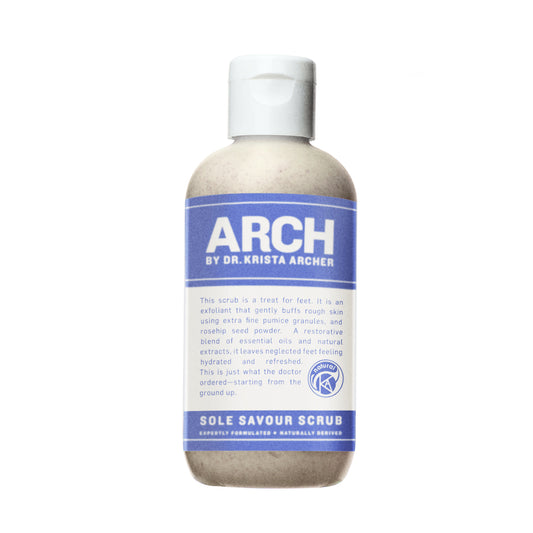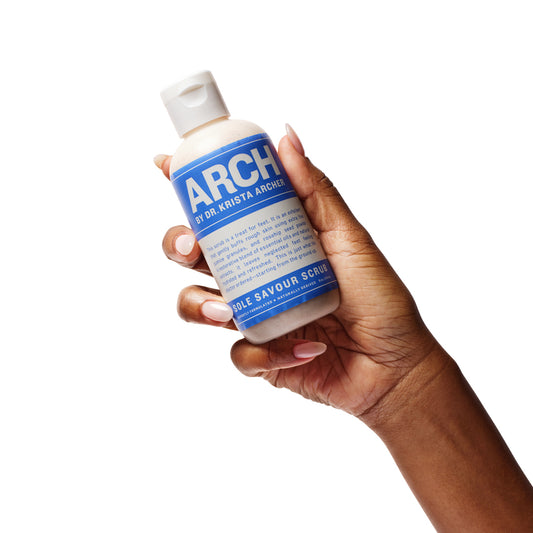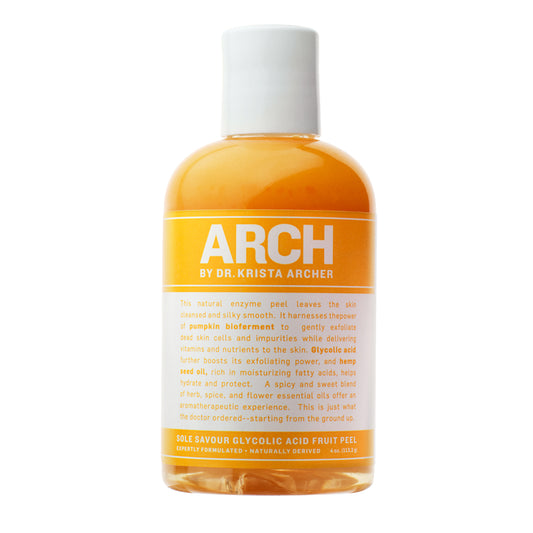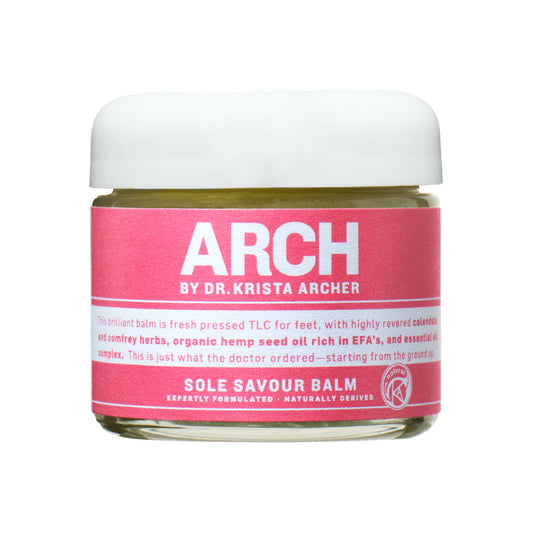HEEL PAIN TREATMENT
Expert Diagnosis & Care for Heel Pain That Won’t Go Away
Heel pain is one of the most common foot complaints—and one of the most frustrating. At her Upper East Side Manhattan practice, Dr. Krista Archer provides advanced heel pain treatments, helping patients find relief from plantar fasciitis, heel spur syndrome, and other causes of chronic heel discomfort.
Because heel pain can have several different causes, it’s important to have a proper diagnosis by a foot and ankle specialist like Dr. Archer, who can determine the true source of your pain and create a personalized treatment plan.
What Is Plantar Fasciitis?
The most common cause of heel pain is plantar fasciitis, a condition that involves micro-trauma or degeneration of the plantar fascia—a thick band of tissue that supports the arch and connects the heel to the toes.
Symptoms of Plantar Fasciitis:
-
Pain on the bottom of the heel, especially with the first steps after rest
-
Pain that is often worse in the morning or after long periods of sitting
-
Heel discomfort that progressively worsens over weeks or months
What Causes Plantar Fasciitis?
-
Faulty foot structure, such as flat feet or high arches
-
Non-supportive footwear, especially on hard, flat surfaces
-
Prolonged standing or walking for work or exercise
-
Obesity or rapid weight gain
These factors place excessive strain on the plantar fascia, leading to small tears, chronic inflammation, and eventual heel pain.
Diagnosing Heel Pain Accurately
Dr. Archer will perform a thorough medical history and physical exam, ruling out other potential causes of heel pain such as:
-
Stress fractures
-
Tendonitis
-
Arthritis
-
Nerve irritation
-
Cysts
Diagnostic imaging such as X-rays, bone scans, or MRI may also be used. Heel spurs, often seen on X-rays, are a common sign of chronic plantar fasciitis—but contrary to popular belief, they are not usually the direct cause of the pain.
Treatment Options for Heel Pain & Plantar Fasciitis
Conservative & Non-Invasive Treatments:
-
Stretching routines targeting the Achilles tendon, calves, hamstrings, and plantar fascia
-
Foot taping or strapping techniques to offload the fascia
-
Custom orthotics and heel lifts to support the arch and heel
-
Shoe recommendations for better support and cushioning
Advanced Treatments:
-
Extracorporeal Shock Wave Therapy (ESWT):
A non-invasive treatment using high-energy sound waves delivered directly into the plantar fascia to stimulate healing—performed in-office under local anesthesia. -
Deep Infrared (IR) Light Therapy:
Currently under investigation at Dr. Archer’s office, this emerging therapy shows promising results for chronic heel pain, using targeted infrared light to reduce inflammation and promote tissue healing.
Long-Term Care & Prevention
Even after treatment, the underlying structural issues that caused your heel pain may persist. Dr. Archer emphasizes long-term management strategies, including:
-
Maintaining a healthy body weight to reduce stress on the feet
-
Wearing supportive shoes daily
-
Continuing to use custom orthotic devices as part of your foot health regimen
Why Choose Dr. Krista Archer for Heel Pain in NYC?
As a leading foot and ankle specialist with cosmetic and surgical expertise, Dr. Archer offers a comprehensive, modern approach to heel pain and plantar fasciitis, blending the latest therapies with personalized care in a boutique setting.
SCHEDULE YOUR APPOINTMENT
If heel pain is interfering with your daily life or exercise routine, don’t wait. Request a consultation with Dr. Krista Archer today at her Upper East Side office and take the first step toward lasting relief.
SHOP ARCH BY DR. KRISTA ARCHER
-
ARCH Retro Tube Socks with Gel-Lined Heels
Regular price $7.00 USDRegular priceUnit price / per -
ARCH Sole Savour Nail Oil – 1 oz
Regular price $45.00 USDRegular priceUnit price / per -
ARCH Sole Savour Nail Oil + EMU Oil- 1 oz
Regular price $50.00 USDRegular priceUnit price / per -
ARCH CBD Balm Stick - 1.05 oz/ 31g
Regular price $45.00 USDRegular priceUnit price / per -
ARCH Sole Savour Glycolic Acid Fruit Peel – 4 oz.
Regular price $20.00 USDRegular priceUnit price / per -
ARCH Sole Savour Creme – 1.7 oz
Regular price $35.00 USDRegular priceUnit price / per -
ARCH Sole Savour Balm- 2.0 oz/ 56g
Regular price $45.00 USDRegular priceUnit price / per -
ARCH Sole Savour Relief Creme – 1.7oz
Regular price $55.00 USDRegular priceUnit price / per -
Glycolic Acid Fruit Peel – Sample (0.5oz)
Regular price $3.00 USDRegular priceUnit price / per -
ARCH CBD Chill Chunks for Canines – 1.7 oz
Regular price $35.00 USDRegular priceUnit price / per -
ARCH CBD Chill Chews for Humans – 105 g
Regular price $50.00 USDRegular priceUnit price / per -

 Sold out
Sold outARCH Sole Savour Scrub – 8 oz-
Regular price $30.00 USDRegular priceUnit price / per -
ARCH CBD Sole Savour Relief Creme –Highest Potency 1.7 oz
Regular price $70.00 USDRegular priceUnit price / per


























